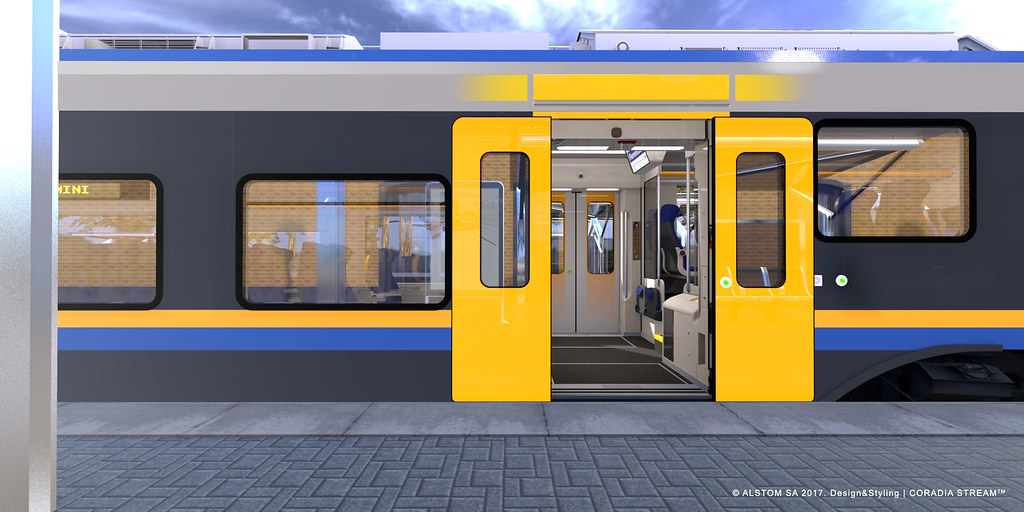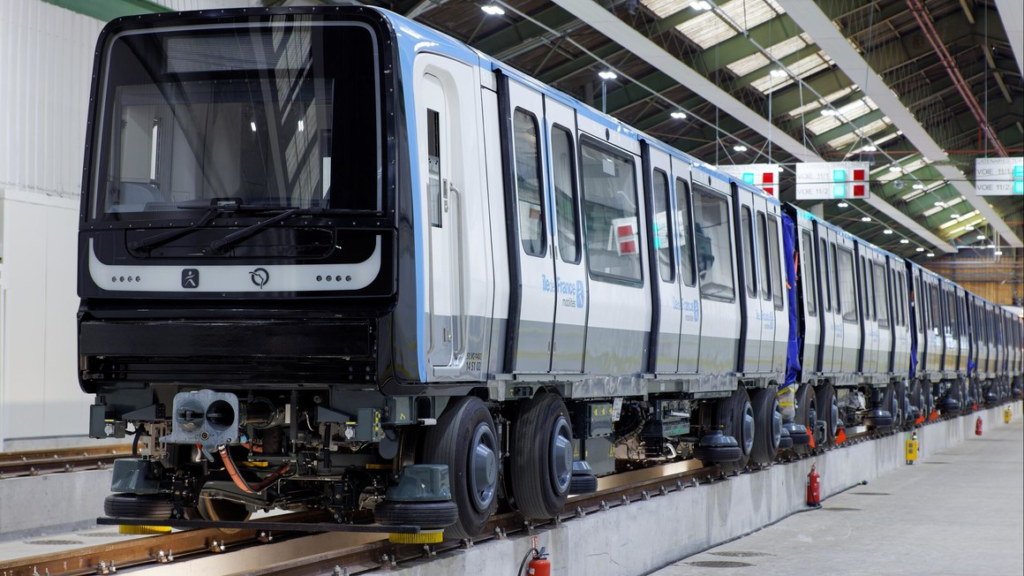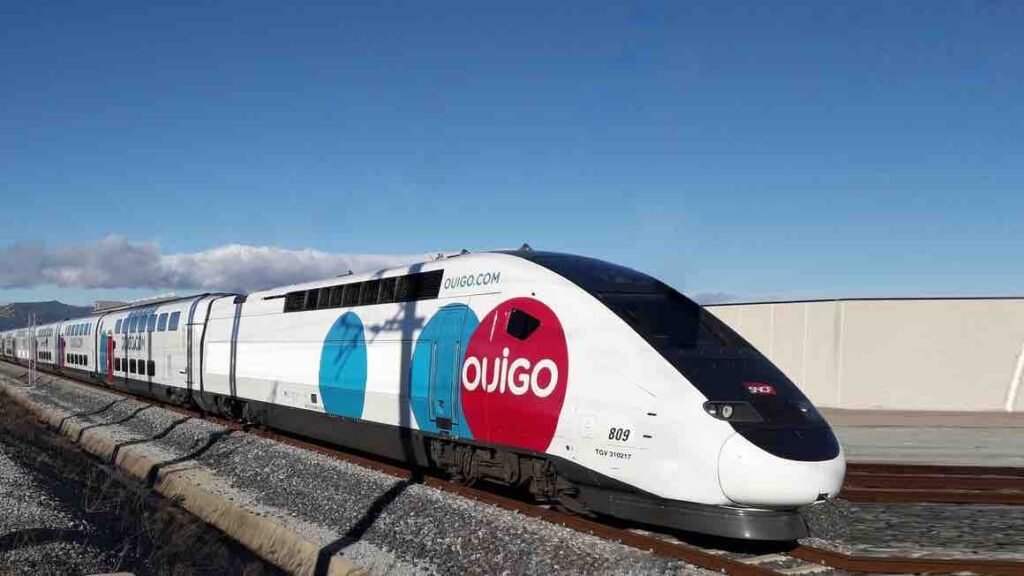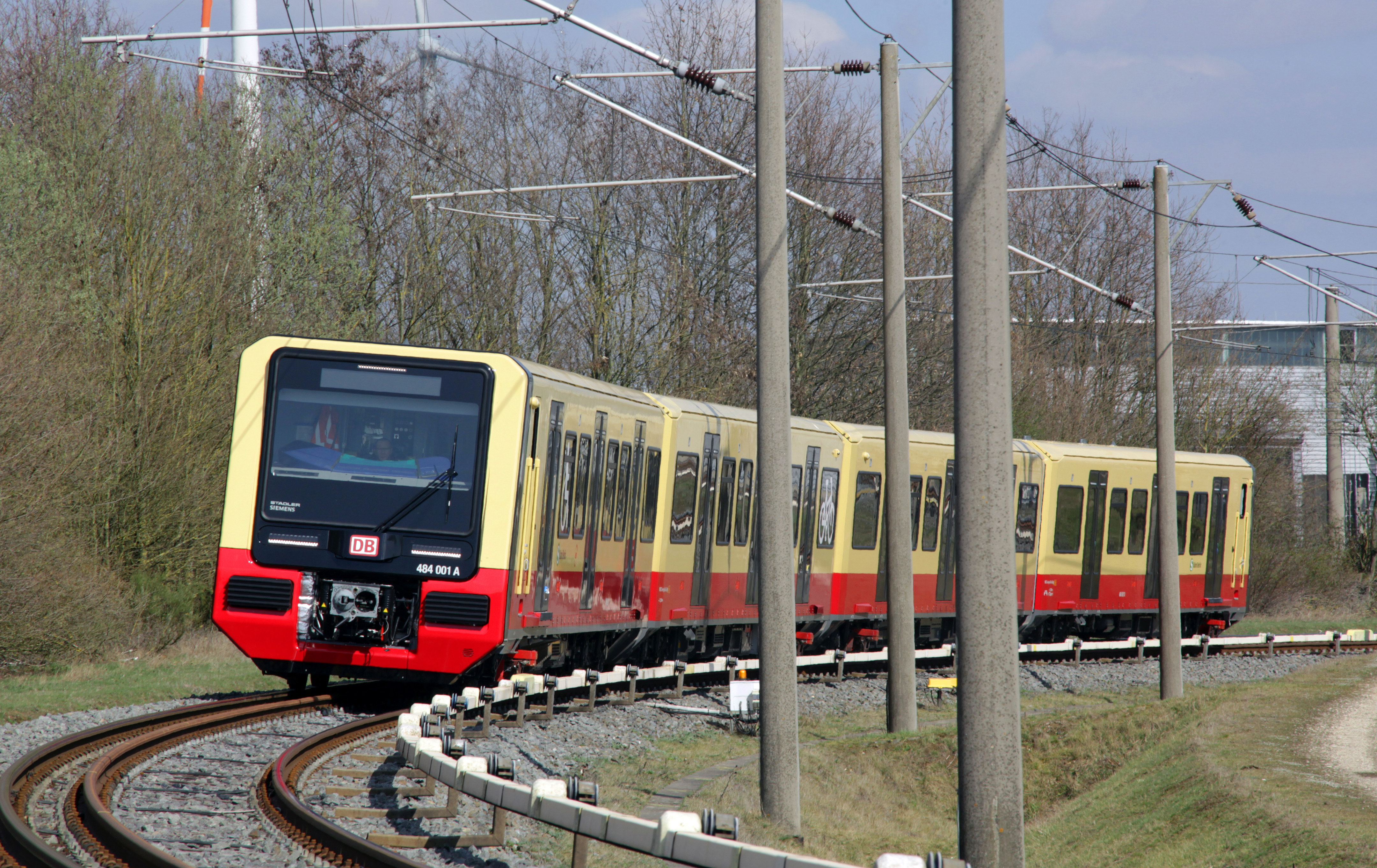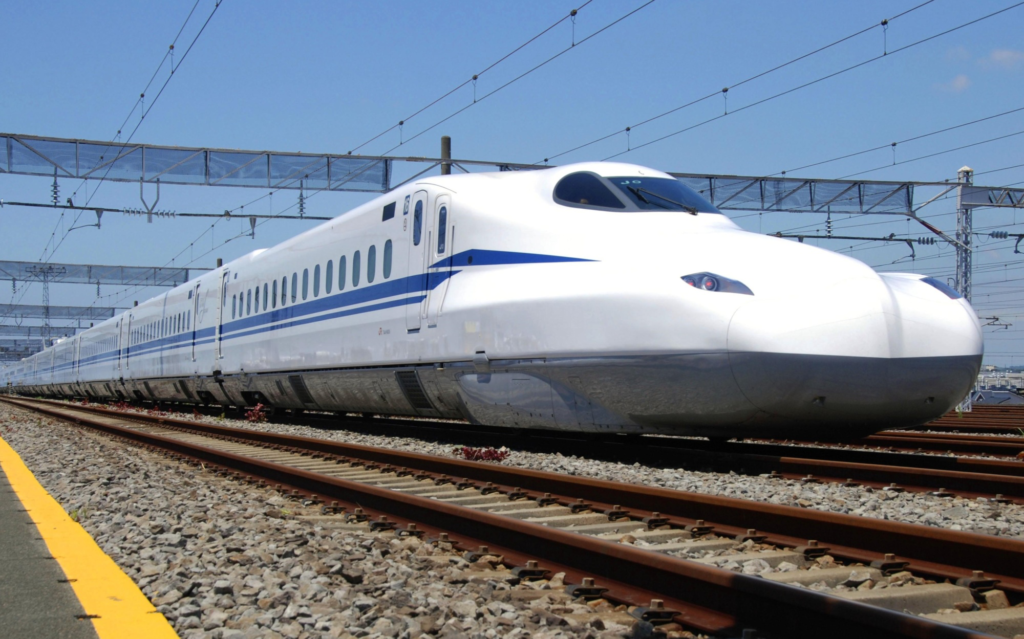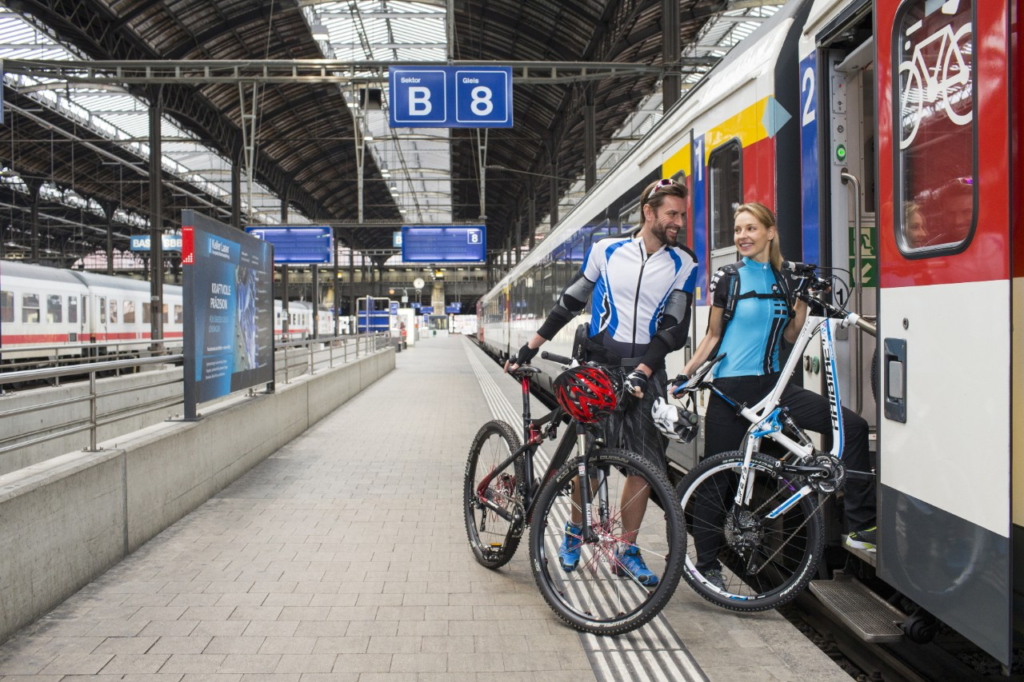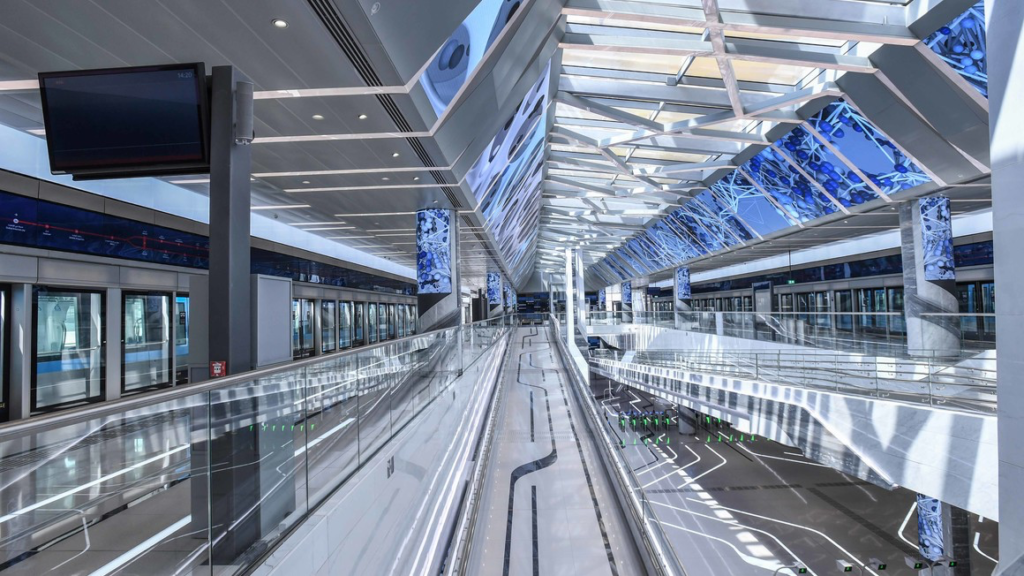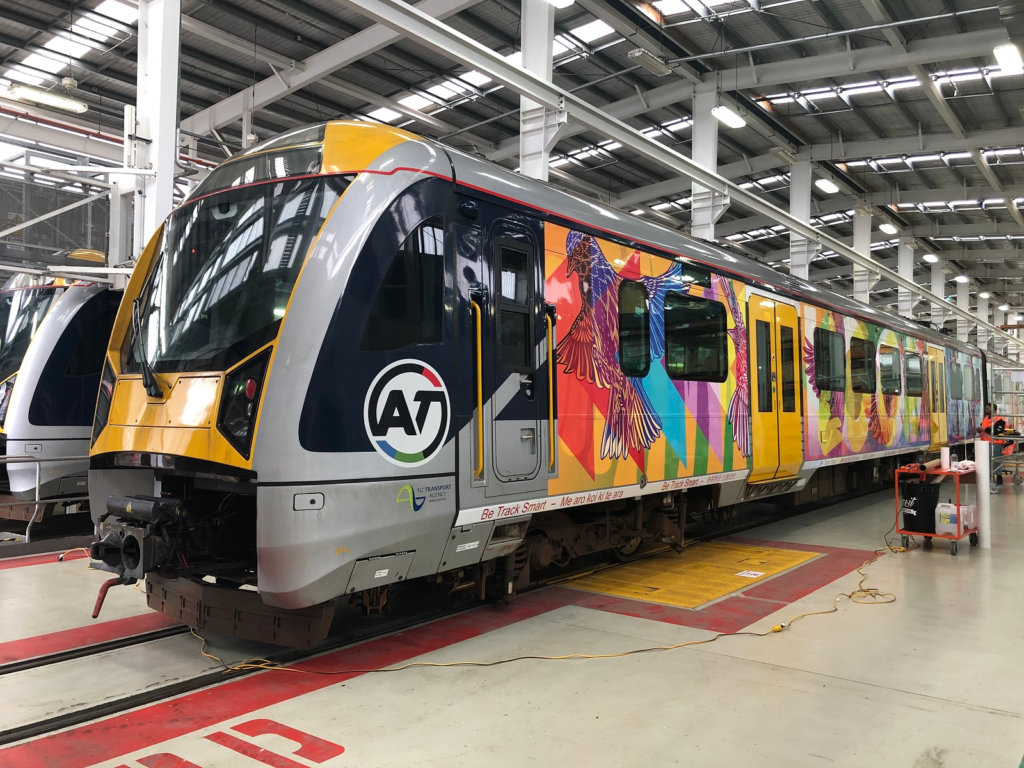Alstom Signs Framework Agreement to Supply Coradia Regional Trains to Trenitalia
€910 million framework agreement: 150 regional trains + maintenance Coradia Stream: State-of-the-art electric multiple unit ERTMS onboard: the highest European safety standard Alstom has been awarded a framework contract to supply Trenitalia with 150 Coradia Stream regional trains for…
